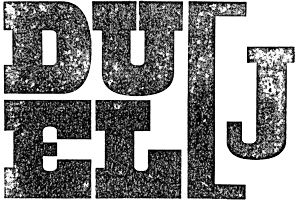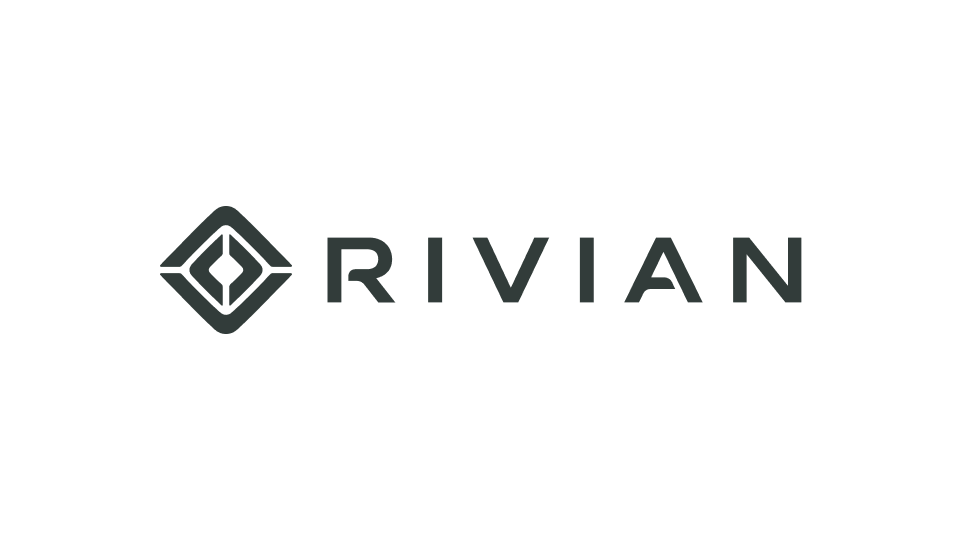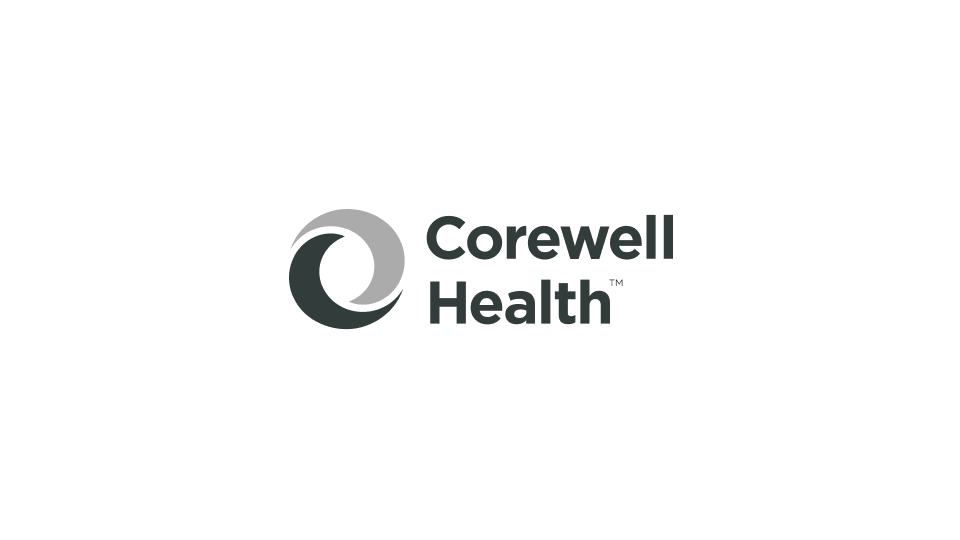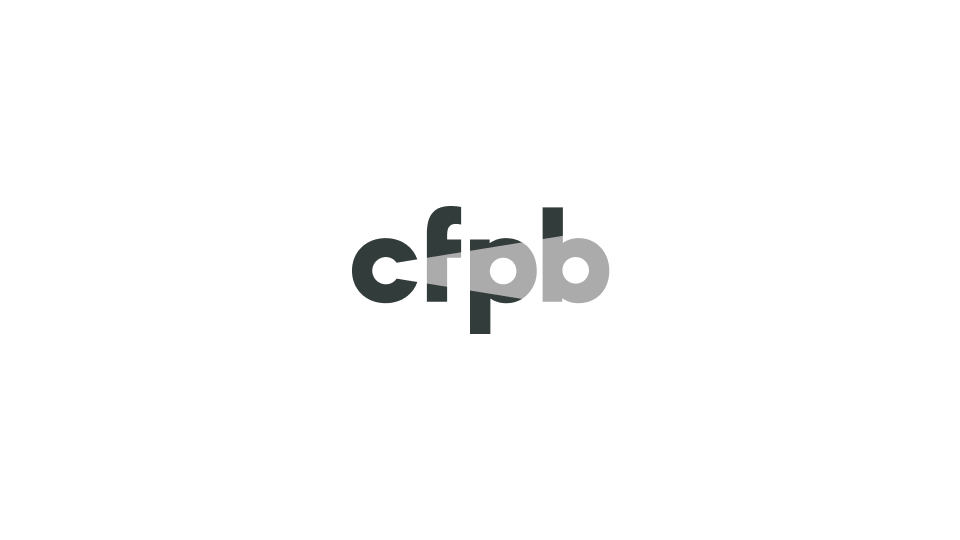Justin James
I grew up in southwest Michigan, raised in a hot-rodding family who didn’t mind getting their hands dirty and making some mistakes, in the hopes of creating something beautiful. I fell in love with car culture and dreamed of pursuing a career in automotive design. I wanted to create things that were both beautiful and functional while commanding strong emotional responses from users. I got the creativity from my father, the artist, mechanic, and all-around D.I.Y. guy. From my mother, the long-serving government administrator, I got my pragmatism. The two influences have served me well; I am inclined to dream how things could be and establish a plan to work toward that solution.
After graduating high school in 2006, my plan to study automotive design changed. Detroit's automotive companies were struggling, and I resolved that my skills might be better utilized in graphic design where I had the freedom to explore a variety of mediums. That fall, I attended art school in Grand Rapids Michigan. Nearby Herman Miller, Steelcase, and Alexander Calder's iconic La Grande Vitesse were early influences that shaped how I thought about the way design can be engaging in everyday life. I developed a passion for the clean, simple lines of the modernist aesthetic, and the idea the design was meant to be interacted with and used by people to improve their lives.
Another foundational influence in my career was born out of a road trip with a group of designers that we dubbed "The Wild West Type Tour." In a rented van, we drove across the midwest to explore typographic and letterpress history, capturing the journey via a makeshift documentary. Highlights of the trip were staying at Frank Lloyd Wright's Schwartz House, holding a letterpress workshop at the Hamilton Type Museum, visiting the (now closed) Eisner Museum, and drooling over hand-painted circus type at the Baraboo Circus World Museum. This trip helped define my love and respect for typography as well as inspired the creation of Not Design, a collaborative studio and letterpress education center.
I believe design can be utilized as a tool to improve the way people work and make decisions. Human-centered design was my entry point to this way of thinking. Don Norman, in his book The Design of Everyday Things, defines the human-centered design philosophy as:
"...an approach that puts human needs, capabilities, and behaviors first, then designs to accommodate those needs, capabilities, and ways of behaving."
After finishing my degree, I worked with nonprofit organizations to help them leverage design to connect with people, and effectively realize their missions. The International Mountain Bicycling Association was my first taste of nonprofits, developing a trend that would define the type of work I would do to this day. My desire to advocate for the user and bring order to chaos made it seem natural to partner with nonprofits and eventually the U.S. government.
When I'm not thinking about digital products, or how to improve teams and processes, I enjoy riding bikes and building things with my hands (including cars).
Companies I’ve worked with
I've had the pleasure of working in-house with a number of high caliber companies to built digital product experiences. This has developed my understanding of nuanced user needs across many idustries including: automotive, fleet managment, service, customer support, financial education, electronic health records, health insurance, and more.






